This website uses cookies
This website uses cookies to enable it to function properly and to analyse how the website is used. Please click 'Close' to accept and continue using the website.


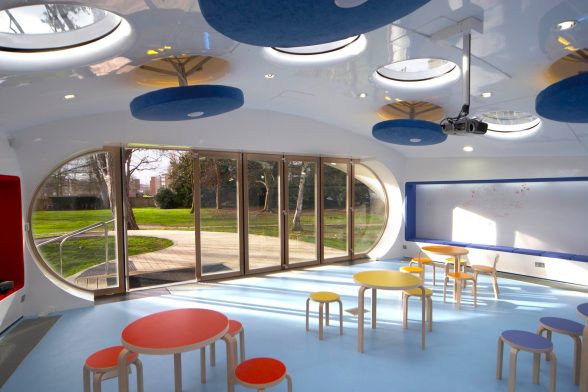
Image credit: Andrew Holt
What was once billed as Britain’s most unique and futuristic school classroom has been saved from demolition following a C20 appeal, and has been relocated to a new home in the Czech Republic. Once restored, it is set to become a new educational and cultural pavilion, and will be a first posthumous Future Systems project by original architect, Jan Kaplický, in the country of his birth
Designed in 2004 by the avant-garde architects Future Systems (founded by Kaplický in 1979), the Ingenium Classroom Pod at Grey Court Secondary School in Ham, Richmond-upon-Thames, has been described as a ‘B-movie alien spaceship’ and an ‘oversized iPod’. But after 20 years the school had outgrown the classroom (overall pupil numbers growing from around 500 to 1,600) and were planning to remove the tired looking structure to make way for expanded teaching facilities.
Given its young age the structure was seen as unlikely to be eligible for national listing, so following a tip-off from local architects McDaniel Woolf, C20 Society launched an urgent appeal in October 2024, looking to find an appropriate new home for the pod and someone with the resources required to relocate the structure. After being deluged with nearly 100 expressions of interest – from vineyards to scout camps, art schools to football clubs – there was one interested party that perfectly met the criteria: The Kaplický Centre Foundation.

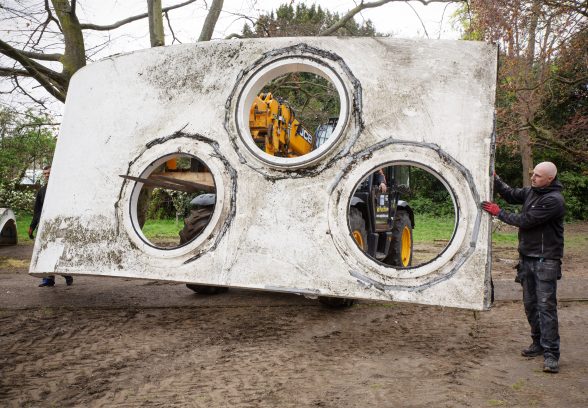
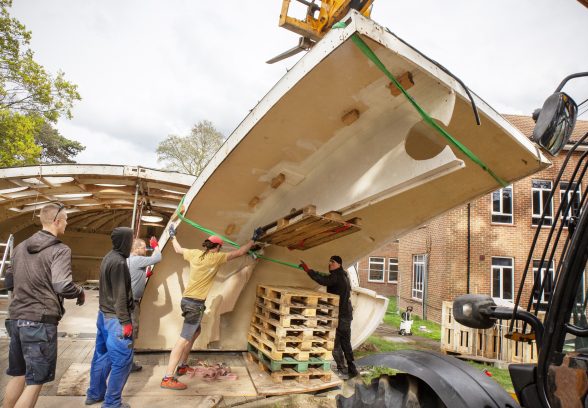
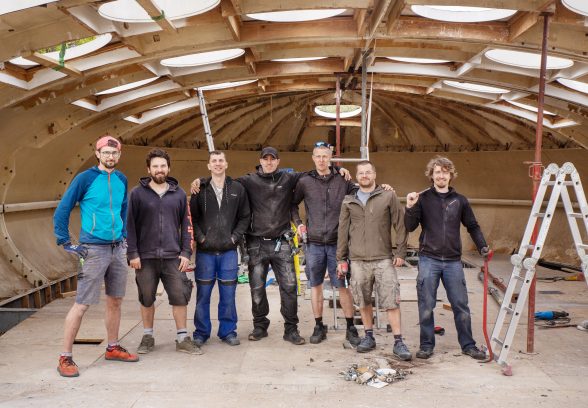

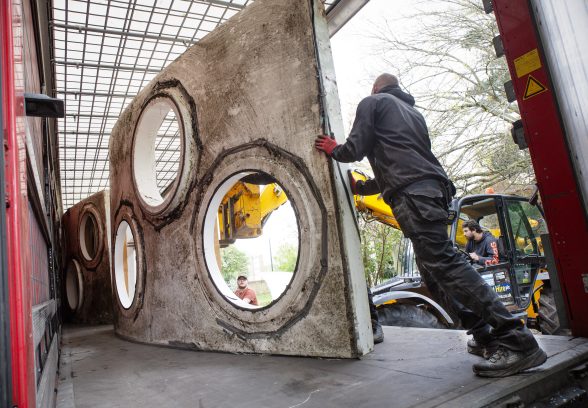
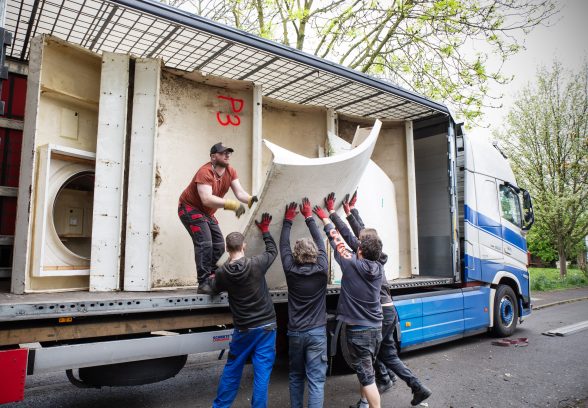
Coming home to the Czech Republic
The Kaplicky Centre Foundation was established in 2008 to continue the legacy of Future Systems founder Jan Kaplický (who died in 2009), and to support the development and promotion of architecture and modern art in his native Czech Republic.
Despite Kaplický’s stature as a national figure, Future Systems never built a project in his home country. The practices ambitious, 2007 competition-winning design for a new National Library, named ‘Eye over Prague’, would have been the first major new public building in the capital since the 18th century, but met with sizeable political opposition, leading to the project’s cancellation in 2008.
After several months of negotiation and with the support of Grey Court School, the classroom was carefully dismantled by an expert team of contractors over the Easter break, and finally left the site on what would have been Kaplicky’s 88th birthday (April 18th 2025). The component parts were transported by road to the Czech Republic, with reassembly and specialist restoration planned over the summer.
The Ingenium Classroom will take up its new position as a pavilion in the landscaped gardens of the Kaplicky Creative Centre at the historic Villa Čerych, in the Náchod region of the Czech Republic – an educational and cultural center, currently undergoing its own £2 million restoration project.
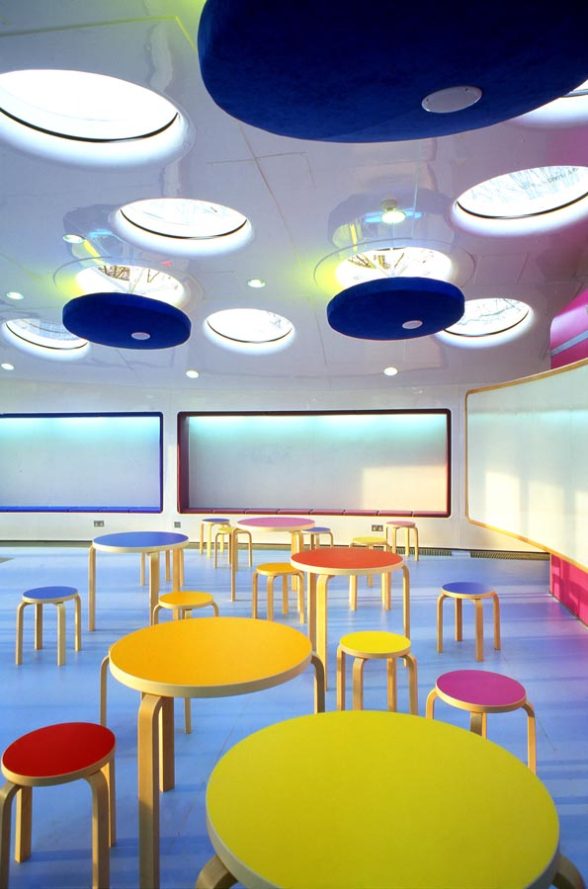
Image credit: AL_A
‘‘We need to try new ideas’
The pod was built as part of a pilot project for the ‘World Classrooms of the Future’ initiative in 2003-04, funded by the Department for Education during the New Labour government. 27 classrooms were designed by different architects (also including Studio E, Sarah Wigglesworth, and Sergison Bates) to fulfil the specific needs of each pilot school, the resulting architectural zoo acting as an optimistic symbol for the future of education.
The brief was to provide a better environment for teaching and learning, by diverting some of the funds that were then going into modernising and renewing older school building stock, to invest in exemplary new facilities fit for the future. A DfE presentation from the time stated that ‘We need to look at ways of designing inspiring school buildings that can adapt to educational and technological change. The lessons learned from the pilots will be absorbed into new [DfE] design guidance’, and more bluntly that ‘we need to try out new ideas now’.
Future Systems 100sqm freestanding ‘Ingenium’ classroom was prefabricated from modular components, using semi-monocoque boat-building technology. Taking cues from the practice’s iconic Media Centre at Lord’s Cricket Ground – winner of the Stirling Prize in 1999 – this miniature version shares the same supernova-white GRP shell, porthole skylights and panoramic glazed frontage, infamously dubbed ‘Cherie Blair’s mouth’ on the larger Media Centre. Decals of drawings by the school children themselves decorate the rear of the exterior shell, while built-in seating and digital white-boards internally left a large open space for up to 30 people. The use of suspended circular acoustic discs, integrated with the high-level natural ventilation openings, ensured that the appropriate acoustic environment was achieved. The unit is also equipped with a self-contained toilet, cloakroom and services area.




Future Systems
Future Systems was an innovative London-based architectural and design practice, founded in 1979 and led by Jan Kaplický and Amanda Levete. In addition to their RIBA Stirling Prize winning Lord’s Media Centre (1999), Future Systems is perhaps best known for the Selfridges Birmingham store (2003) in the city’s Bullring shopping centre, clad with 15,000 anodised aluminium discs, said to have been inspired by a Paco Rabanne dress.
Their curvaceous and highly original buildings have been characterised as the ‘blobitecture’ movement; organic and aerodynamic shapes in built-form, made possible through the advent of computer-aided-design in architecture. Future Systems dissolved in 2009 following Kaplický’s death, with Levete going on to found her own successful practice, AL_A.
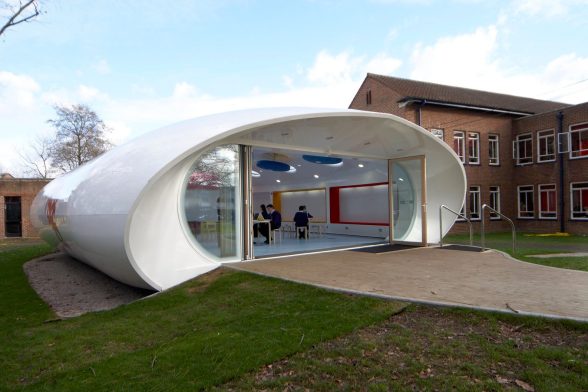
Image credit: Andrew Holt
Comments
Eliška Kaplický Fuchsová, President of the Kaplicky Foundation:
“Meeting Jan Kaplický inevitably changed my life. Future Systems, his ideas, and his visions were always ahead of their time – often misunderstood during his life, they now finally receive recognition.
Bringing this iconic structure back to Jan’s homeland represents the fulfilment of my personal mission. Jan often criticized architecture for being the only discipline that didn’t evolve enough. However, his own work was precisely the opposite: just as people change directions in their lives, his architecture finds its place wherever it is needed.
This building symbolizes not only his visionary spirit but also his way of thinking—a state of weightlessness and freedom. To realize his dreams, Jan had to sever his roots in Czechoslovakia and find creative freedom in England.
I firmly believe this project will rediscover its purpose and inspire future generations. The Czech team, who dismantled the building with enthusiasm, respect, and admiration, is already looking forward to its reconstruction. I’m deeply grateful to my partner Jozef, director of the Kaplicky Centre Foundation, who led our team with extraordinary dedication, and to Gill Marshall Andrews, without whom this unique building would never exist.”
Twentieth Century Society:
“Future Systems were one of the most unique and visionary architectural practices of the late 20th century, and C20 Society was determined to save their Ingenium Classroom from destruction.
We’re thrilled that our public appeal reached the Kaplicky Foundation and that this miniature masterpiece will now live on. What a fitting final journey for the classroom pod, to find a new home and become the first Jan Kaplicky building in the Czech Republic.
Cases like this perfectly demonstrate that, for architectural heritage of the recent past, listing isn’t always the best solution. Reuse, and in some instances even relocation, can be alternative forms of preservation that continue the story of a building in exciting and unexpected ways.
We’d also like to thank the team at Grey Court School and the local Councillor, for their support and patience while this complex plan was put together, and without which it simply wouldn’t have been possible to save the classroom.”

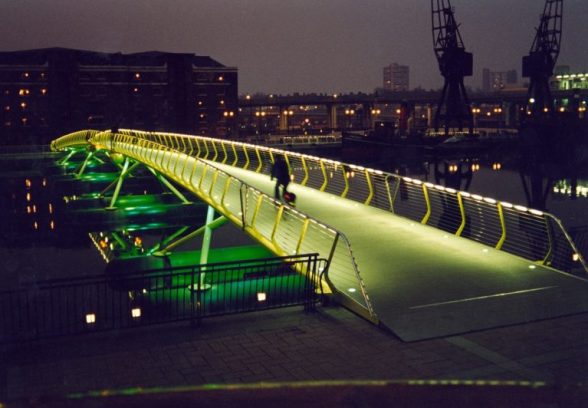
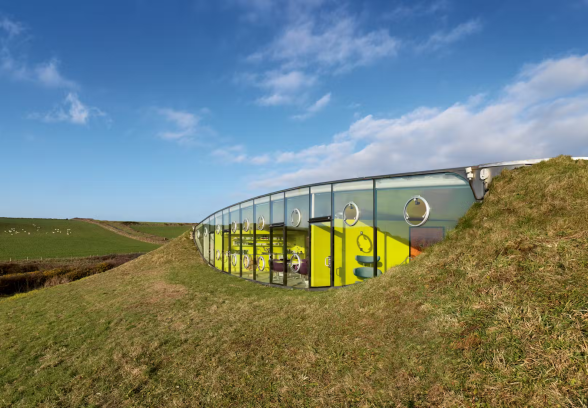
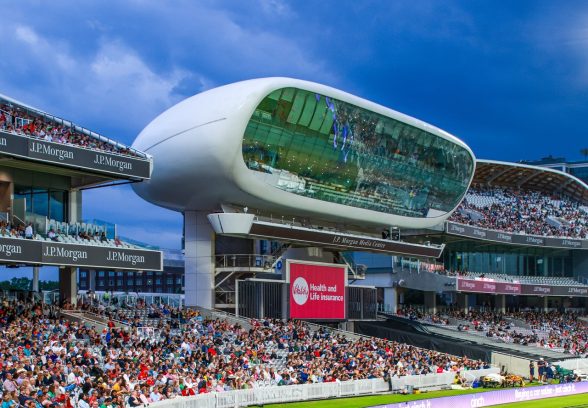
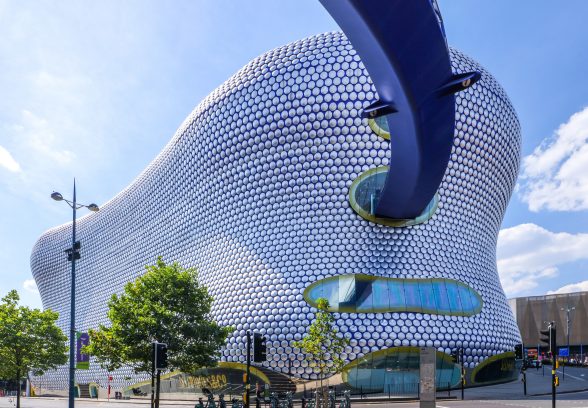

Become a C20 member today and help save our modern design heritage.